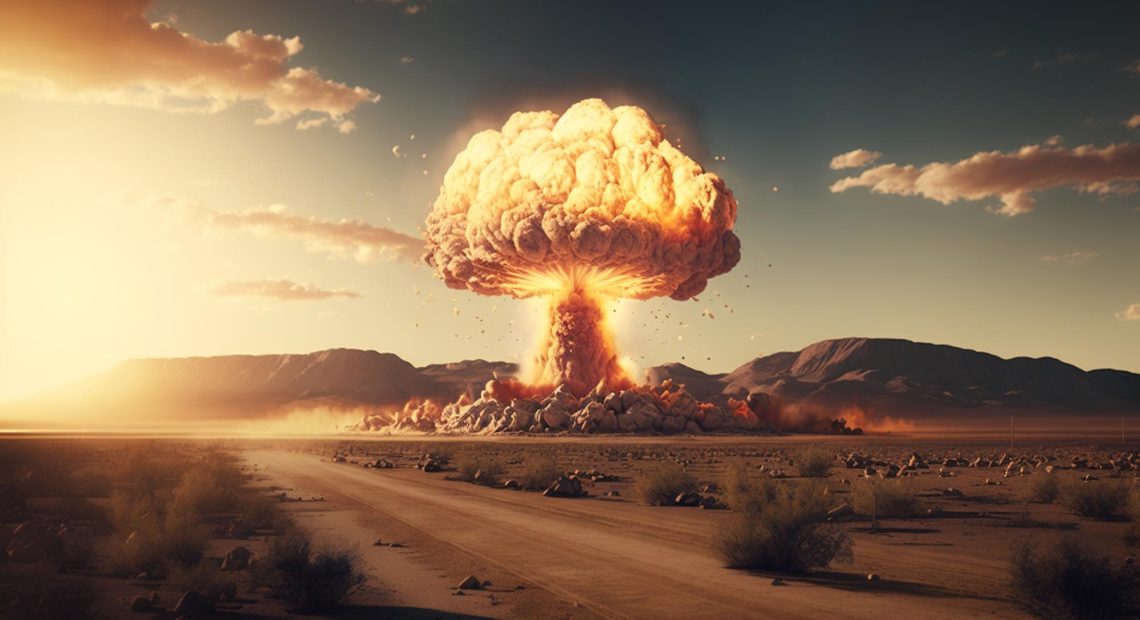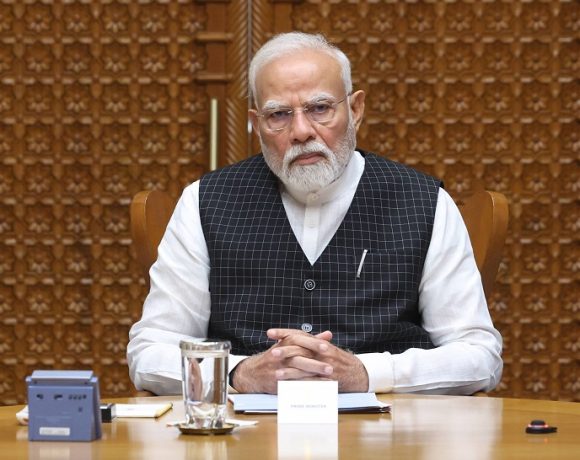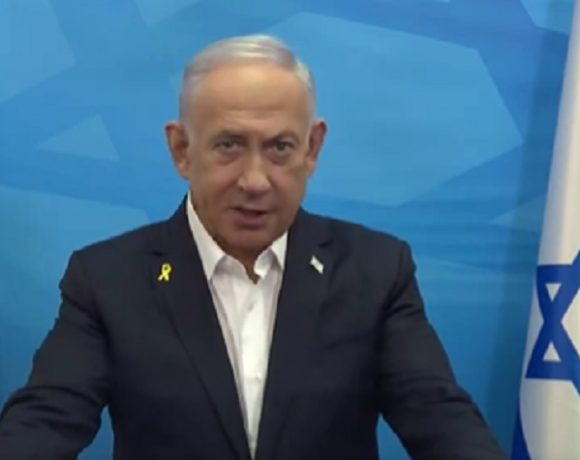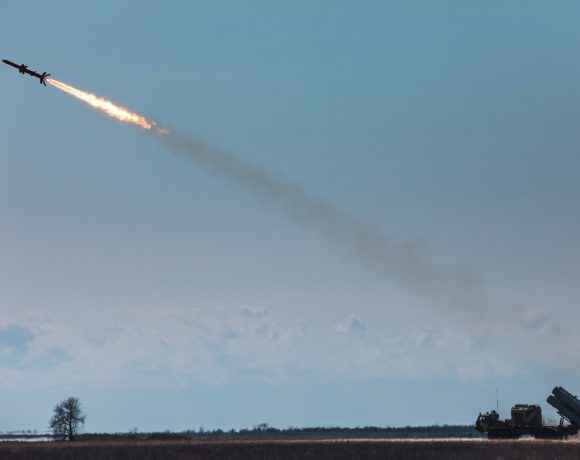
Iran Allegedly Developing Nuclear Missiles Capable of Reaching Europe
Recent intelligence reports suggest that Iran is secretly advancing its nuclear missile capabilities, allegedly using designs and technology acquired from North Korea. These revelations have heightened concerns among international security agencies about the potential threat to Europe.
Missile Development Sites Identified
According to sources, Iran’s missile program is progressing at multiple undisclosed locations. Two primary sites have been identified as key to this development:
- Shahrud Missile Facility: Located in northern Iran, this facility is reportedly working on the Ghaem-100 missile, a solid-fuel rocket believed to have a range of over 3,000 kilometers. Test launches have been conducted under the pretense of satellite deployments, raising suspicions about its true military applications. The missile is said to be modeled on North Korean technology, reinforcing concerns about foreign collaboration.
- Semnan Facility: Situated southeast of Semnan, this location is allegedly focusing on the development of the Simorgh missile, a liquid-fuel rocket with potential military applications. Satellite imagery indicates significant underground infrastructure, suggesting efforts to conceal ongoing missile-related activities.
Rising Global Concerns
The possibility that these missiles could reach European territories has escalated international apprehension. Countries within the estimated range include Greece, Italy, and parts of Eastern Europe. Intelligence reports warn that Iran’s missile advancements, combined with its suspected nuclear ambitions, pose a serious threat to global security.
Iran’s Position and International Response
Iran continues to assert that its missile and nuclear programs are intended for peaceful purposes, including satellite launches and energy production. However, the secretive nature of its activities and the military-grade capabilities of the missiles in question have led to widespread skepticism.
In response to these developments, Western nations are reportedly considering enhanced countermeasures, including strengthening missile defense systems in Europe and intensifying diplomatic pressure on Tehran. Analysts caution that if Iran continues its alleged missile advancements, it could lead to further geopolitical tensions and potential sanctions.
Conclusion
The growing concerns over Iran’s missile capabilities underscore the ongoing challenge of nuclear proliferation. As global leaders navigate diplomatic channels and strategic deterrence, the international community remains watchful of Iran’s next moves, assessing the implications of its expanding missile program on regional and global stability.


















